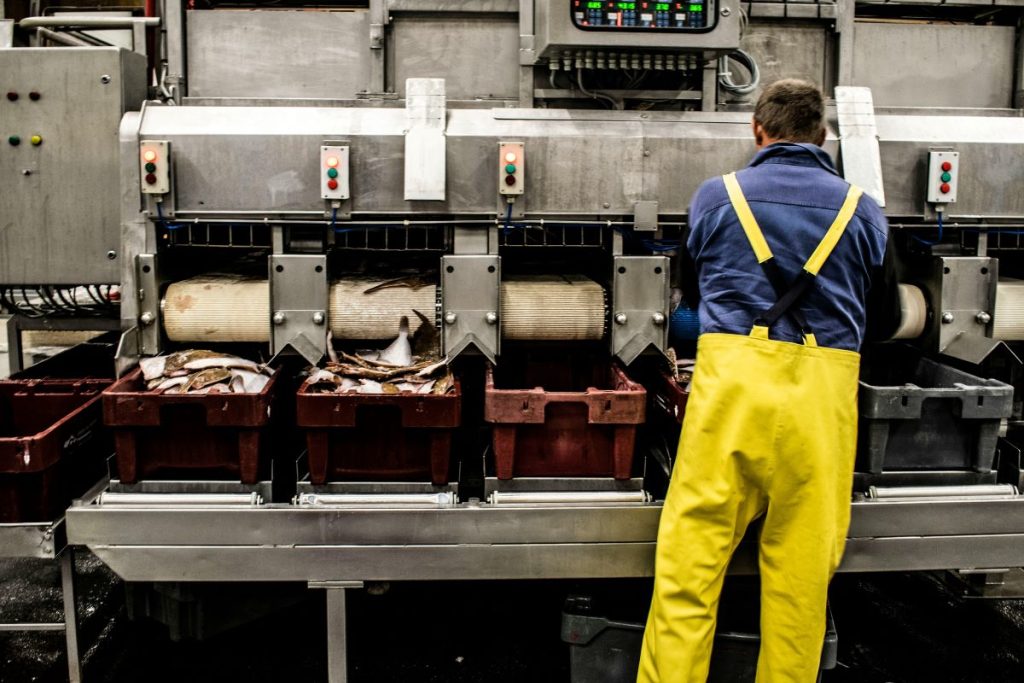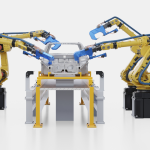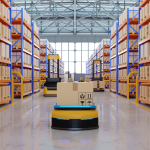The Skills Gap: A Critical Barrier to AI Adoption
Manufacturing is undergoing a transformation with artificial intelligence (AI) at its core, promising improved productivity and operational efficiency. Yet, the industry faces a major obstacle: a significant skills gap. The World Economic Forum estimates that 54% of manufacturing employees will require substantial reskilling to adapt to AI-driven processes. Despite McKinsey reporting that AI can enhance productivity by up to 40% in select industries, manufacturers often lack the workforce expertise to capitalize on this potential.
Learning from Siemens: A Blueprint for Success
Siemens demonstrates how companies can effectively overcome workforce challenges to integrate AI. According to a case study by PwC, Siemens has leveraged AI for predictive maintenance and real-time monitoring, reducing equipment downtime by up to 30%. Key to this success has been Siemens’ investment in workforce training. By equipping employees with the skills needed to operate advanced AI systems, Siemens not only enhanced operational efficiency but also reduced resistance to change, showcasing the value of a skilled and engaged workforce.
A Roadmap for AI Transformation
Successfully addressing the skills gap and integrating AI into manufacturing operations requires a structured approach. The following roadmap offers a practical guide for manufacturers:
Step 1: Assess workforce and infrastructure capabilities
Conduct a thorough analysis of the organization’s existing skills and technological infrastructure. Identify areas where AI can deliver the greatest impact, such as predictive maintenance, quality control, or supply chain optimization. Use workforce assessments to pinpoint training needs and determine where technological upgrades may be necessary.
Step 2: Design targeted training programs
Develop education initiatives tailored to workforce needs, focusing on both foundational AI literacy and advanced technical skills. For example, operations staff can learn how to interpret AI-driven insights, while IT teams can be trained to manage AI platforms. Collaborate with educational institutions and external providers to deliver cutting-edge training aligned with industry requirements.
Step 3: Launch pilot projects
Start small with pilot projects that demonstrate AI’s value. Predictive maintenance, where sensors monitor equipment performance and anticipate failures, is an excellent entry point. Pilot projects allow employees to engage with AI technologies in a controlled environment, building confidence while fine-tuning implementations.
Step 4: Embed continuous learning
Make ongoing training a core principle. Establish in-house academies, offer micro-credentials, or create AI-focused training labs. Regularly update programs to reflect advances in technology, ensuring employees stay ahead of industry trends and feel supported in their learning journey.
Step 5: Overcome resistance through transparent communication
Employee resistance often stems from concerns about job displacement. Communicate openly about how AI complements human roles by automating repetitive tasks, enabling workers to focus on higher-value activities. Involve employees in pilot programs and share success stories to foster trust and engagement.
How HR Leadership Drives Workforce Transformation
HR leadership plays a pivotal role in closing the skills gap and driving workforce transformation. Their expertise in workforce strategy and employee engagement makes them essential partners in aligning training initiatives with business goals.
HR leaders should work closely with operations and IT teams to prioritize workforce assessments and identify critical training needs. They can champion the creation of learning pathways, ensuring that employees have access to high-quality training programs designed to prepare them for AI-driven processes. By fostering partnerships with educational institutions and advocating for inclusive training opportunities, HR leadership ensures that upskilling efforts reach all levels of the organization.
Transparent communication is central to HR leadership’s role. By addressing employee concerns and emphasizing the benefits of AI, HR leaders can help ease resistance and build a culture of innovation. They should also take the lead in embedding continuous learning into the company culture, offering accessible and flexible opportunities for employees to grow their skills over time.
Collaborating with HR Leadership for Success
To effectively work with HR leadership on AI transformation, manufacturers should focus on three key areas:
Aligning training with business objectives: Discuss how workforce development supports broader goals like operational efficiency, cost reduction, or product quality improvements.
Collaborating on workforce assessments: Partner with HR to map existing skills against future needs, using the data to inform targeted training programs.
Engaging employees in the transformation: Work with HR to lead communication campaigns that address concerns, share the benefits of AI, and involve employees in pilot projects to build trust and excitement for the transition.
Bridging the Gap to Unlock AI’s Potential
The skills gap remains a significant barrier to AI adoption, but it is not insurmountable. Siemens’ success demonstrates that investing in workforce development is transformative, yielding measurable gains in productivity and efficiency.
By following a clear roadmap for AI transformation, collaborating with HR leadership, and fostering a culture of continuous learning, manufacturers can unlock the immense potential of AI. This strategic approach ensures that employees are prepared to thrive in an AI-driven environment while positioning companies for long-term success in an increasingly competitive global market.







